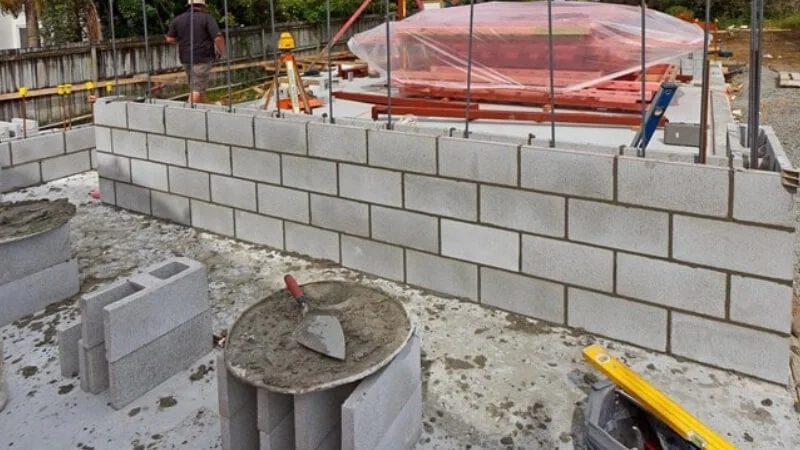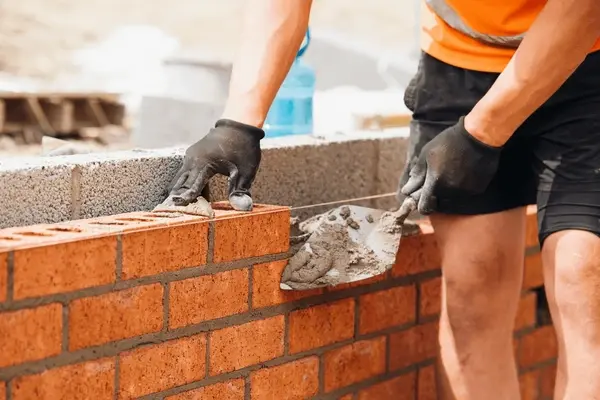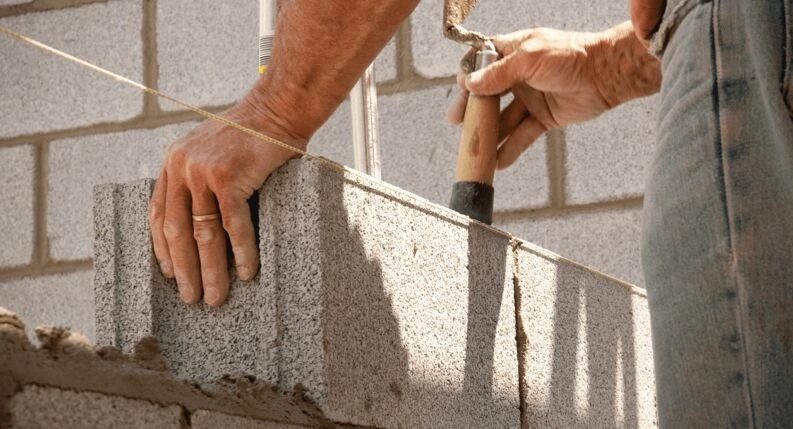In as much as construction is concerned, the type of material that is used, and the method applied will determine the strength and finish of the construction. The masonry can be classified as one of the most effective and non-bulky forms of time proven kinds of construction. Renowned buildings and other structures. This post is an extensive guide on masonry bonds and patterns that will prove helpful to architects, contractors, construction individuals or firms, and homeowners.
No matter if you work on the outdoor patio, the solid wall, or just the beautiful interior accents. It doesn’t matter, the masonry bond or pattern selection will dictate your project in terms of both. The looks and the purpose. In this article, we guide you through a brief masonry history, review the top masonry bonds and patterns and share tips to select the right products for your project.
What Is Masonry? A Brief History
Masonry as a construction method dates back to the earliest times of the man and his advancement towards civilization. Some of the first structures that can be noted include the pyramids of Egypt such as the Pyramids of Giza and the Great Wall of China, which are works of engineering that aimed at constructing structures from natural resources. The art of masonry developed from what it was many years ago, and what it is today: an intricate combination of skill, style and quality materials including bricks, stone and concrete blocks.
Contemporary, masonry is both functional and ornamental, providing solutions to construction that are as beautifully visual as they are constructively utilitarian. Regardless of the particular purpose it may serve – from constructing the structural walls to support the entire facility to placing load-bearing structures or even concerns bearing an aesthetic function, the masonry remains an integral component in the construction business.
Understanding Masonry Bonds
Masonry bond may therefore be defined as the arrangement whereby different units for instance, bricks or stones are put in place to create the structure. This is not just in respect of the aesthetic value of bonds, but also in respect of the value to the construction as a whole. Here are a few fundamental masonry bond types:
1. Stack Bond
It is one of the easiest bonds where brick or block as in courses are laid directly one over the other in a straight line. Though stack bonds are considerably more contemporary in appearance and smoother in finish, they are markedly lighter and less sound than other types of bonds, and are best suited for non-structural walls and accents.
2. Running Bond
The types include a running bond, commonly referred to as stretcher bond, and many more. It consists of bricks placed in abutting each other, each in turn, resting on the middle of the previous layer. This design offers more strength and gives the traditional style that is common in houses and even business space.
3. Flemish Bond
In Flemish bond headers are laid crosswise to the wall and stretchers, which are laid lengthwise to the wall, are laid in every row. The presence of different densities gives it a rich physical appearance and forms a structural pattern that is aesthetically appealing while at the same time being strong.
4. English Bond
English bonds have headers and stretchers arranged in a way that is very simple but quite strong: the headers and the stretchers lie in turns. This bond is most frequently observed in load bearing walls or structures and where the maximum strength is needed.
5. Diagonal Bond
For the most part used in decorative cornices due to angled braces, the diagonal bond consists of bricks placed at angles.
6. Header Bond
Utilizing a row of headers stacked on top of the other, this bond is common on skinny walls. The phenomenon is most often observed in schemes where size efficiency is highly demanded.
Masonry Patterns: We take Character as a principle to bring liveliness to your build.
It is important to state that masonry patterns are not just structures more than the structural design; they breathe designs. They can drastically change the overall layout. The aesthetic of a project while also affecting how well a masonry project works. Here are a few popular ones:
1. Herringbone
You might have heard the name of the herringbone pattern because it resembles the bones of a fish; it comes in zig-zag formations with the bricks or blocks. This dynamic pattern is very suitable for use in the exterior floorings, or paving, or even as decorated designs in walls.
2. Stretcher Bond
In particular, this is a rather uncomplicated pattern based on bricks arranged in lines along their length. It’s very simple and unadorned, I use it a lot for projects that don’t need much in terms of styling.
3. Pinwheel
The pinwheel pattern is where four smaller bricks or blocks are arranged in an alternating manner concentric to a larger central brick. This design draws the usual interlacing geometric pattern prevalent in many decorative flooring and feature walls.
Decisions that Determine Choice of Bond and Pattern
When it comes to choosing the right masonry bond or pattern, certain practical and stylistic considerations come into play:
Aesthetic Appeal
Determine whether the structure will be strictly pragmatic or whether it will be an object of attention. Texture patterns such as a herringbone or Flemish bond can take the aesthetics to another level worthy of being featured in a masonry project.
Material Availability
Materials such as brick size and type, thus determine the kind of bonds and patterns that can be used.
Project Budget
Skilled ties and structures may be more work and take longer, so ensure your selection reflects the funds you have.
Integration with Surroundings
Look at how this bond or pattern enhances the adjoining structures to effect a harmonious submission to the dominant style/setting.
Strengths and Weaknesses of Masonry Bonds and Patterns
Advantages
Durability: Such bonds as English and Flemish possess an ability to withstand very long kinds of wear.
Aesthetics: Masonry can be easily said to be at the top of other construction types. When it comes to creativity for architects or anyone interested in design.
Fire Resistance: Components that are used in masonry construction are usually non combustible which makes construction units very safe.
Eco-Friendly: One can confirm that most materials used in masonry such as the bricks and stones are eco-friendly.
Limitations
Labor Intensive: Special and complicated structures, and matrices go to specific craftsmanship. Which may be more expensive in terms of manpower.
Heavy Materials: Transportation and installation of masonry components can at times be quite cumbersome.
Why Masonry Bonds & Patterns are Important in the Current Construction Business
It is important to know the characteristics of the different types of bonds and patterns in order to be able to consciously decide on everything from the design of a home in an urban context. While renovation of a historical structure.
Expert made and quality patterns as well as reliable bonds can without fail turn any project to be a statement of elegance and engineering prowess.
Masonry: Exploding Its Potential
Different masonry bonds or masonry patterns will help to make the construction project unique if selected well. As Looking for more complex patterns or just require help on your next venture? Count on Queens’ best masonry specialists to get it right the first time. Down to the right combination of durability and aesthetics.
To avial our services, Please visit our service page
or




